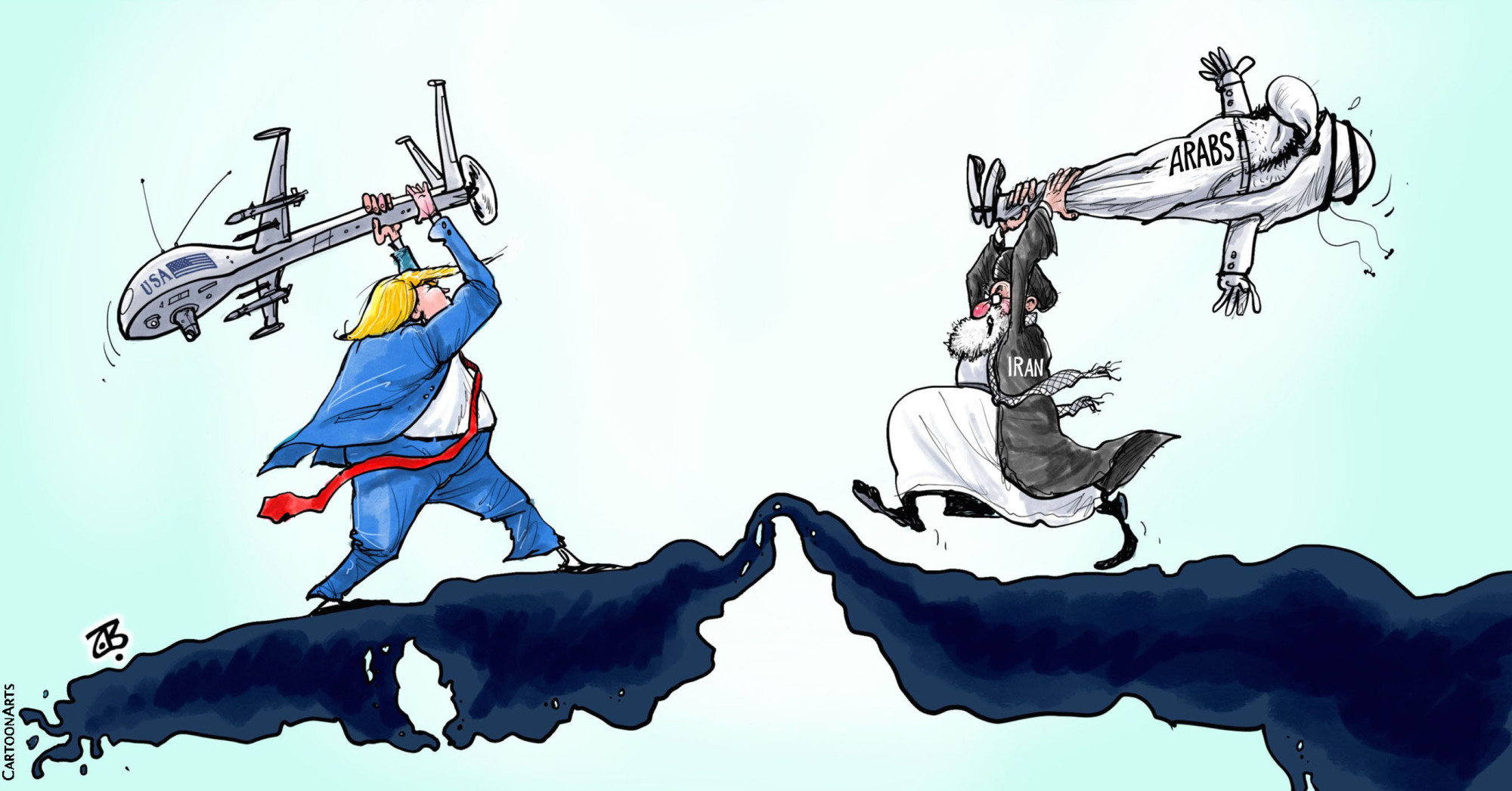Few people in the West will mourn the death of Gen. Qassem Soleimani, head of the Quds Force, a key part of Iran's Islamic Revolutionary Guard Corps, who was killed in a U.S. drone strike last week. Soleimani was instrumental in extending Iran's influence throughout the Middle East, setting up military proxies in the region and the mastermind of terror attacks against Tehran's enemies. He has long been a thorn in the side of U.S. presidents, but until last week none was willing to risk the dangers that might follow his killing.
Soleimani was considered the most powerful military figure in the Middle East. He established a network of militias throughout the region that aligned behind Iran. Those forces helped him become a virtual kingmaker in Lebanon and Iraq, and to challenge the Islamic State group — one of whose primary targets were Shiites throughout the region — as well as the United States when it overthrew Iraqi President Saddam Hussein. He was considered responsible for the deaths of hundreds of U.S. soldiers killed by bombs provided to local militias and insurgents by the Quds Force. His successes made him Iran's second most powerful leader.
Successive U.S. administrations tracked Soleimani, but each ultimately decided to stay its hand, concluding that striking him was not worth the blowback. Pentagon officials were said to be stunned when U.S. President Donald Trump opted to hit Soleimani, one of many options provided to the president to retaliate for the killing of a U.S. contractor in Iraq and the storming of the U.S. Embassy in Baghdad by pro-Iranian demonstrators days earlier.


















With your current subscription plan you can comment on stories. However, before writing your first comment, please create a display name in the Profile section of your subscriber account page.